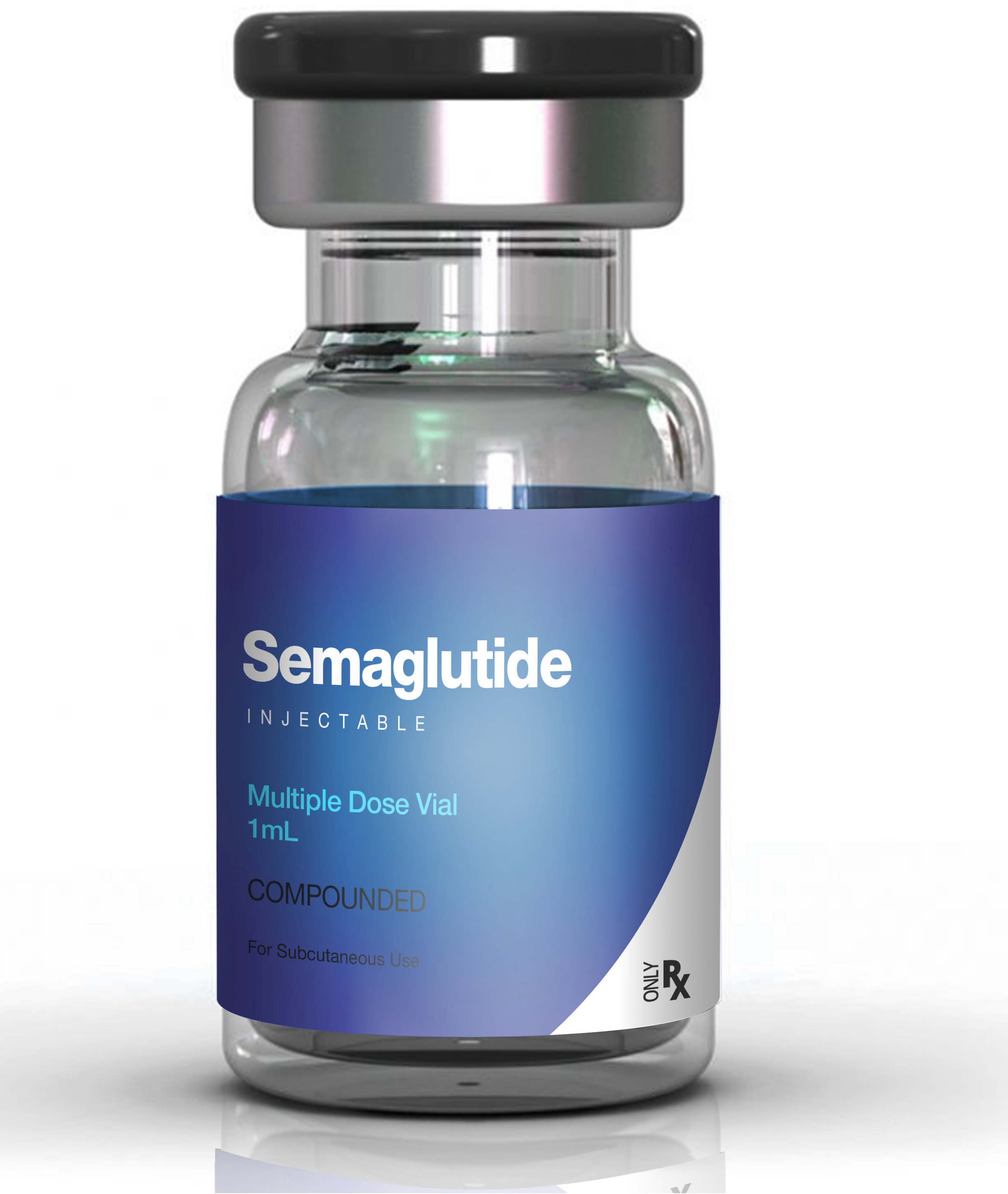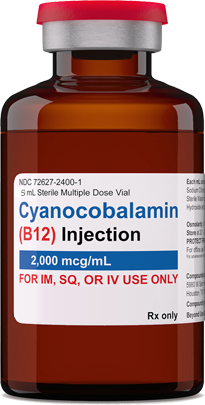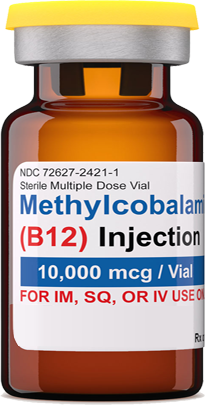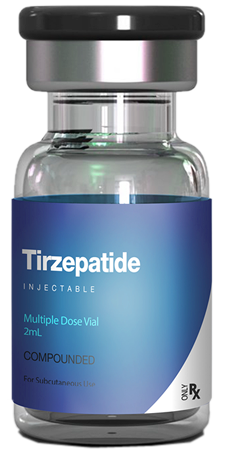Mechanism Of Action
Semaglutide injection comes as a solution (liquid) in a prefilled dosing pen to inject subcutaneously (under the skin). It is usually injected once a week without regard to meals. Use semaglutide injection on the same day each week at any time of day. You may change the day of the week that you use semaglutide as long as it has been 2 or more days (48 or more hours) since you used your last dose. Follow the directions on your prescription label carefully, and ask your doctor or pharmacist to explain any part you do not understand. Use semaglutide injection exactly as directed. Do not use more or less of it or use it more often than prescribed by your doctor. Your doctor will probably start you on a low dose of semaglutide injection and increase your dose after 4 weeks. Your doctor may increase your dose again after another 4 weeks based on your body’s response to the medication. Semaglutide injection helps to control diabetes and weight loss, but it is not a cure. Continue to use semaglutide injection even if you feel well. Do not stop using semaglutide injection without talking to your doctor. Carefully read the manufacturer’s instructions for use that comes with the medication. These instructions describe how to inject a dose of semaglutide injection. Be sure to ask your pharmacist or doctor if you have any questions about how to inject this medication. Always look at the semaglutide solution before you inject it. It should be clear, colorless, and free of particles. Do not use semaglutide if it is colored, cloudy, thickened, or contains solid particles, or if the expiration date on the bottle has passed. Never reuse needles and never share needles or pens. Always remove the needle right after you inject your dose. Dispose of needles in a puncture-resistant container. Ask your doctor or pharmacist how to dispose of the puncture resistant container. You can inject semaglutide in your upper arm, thigh, or stomach area. Change (rotate) the injection site with each injection. You can inject semaglutide and insulin in the same body area, but you should not give the injections right next to each other. Allow the pen to warm to room temperature before injecting if the pen was stored in the refrigerator.
Side Effects
The most common side effects are gastrointestinal. Clinical trial participants reported nausea, vomiting, diarrhea, constipation, gas, stomach pain, and heartburn. There was also an increased incidence of gallbladder disease. These side effects are common with all glucagon-like peptide 1 (GLP-1) agonists.
Storage
Keep this medication in the container it came in and out of reach of children. Store it away from light and heat, with the pen cap on.
Store unused semaglutide pens (Ozempic) in the refrigerator (36°F to 46°F [2°C to 8°C]) but do not place them near the refrigerator cooling element. Once a semaglutide pen is in use you can store it at room temperature (59°F to 86°F [15°C to 30°C]) or in the refrigerator. Do not freeze. Do not use semaglutide if it has been frozen. When traveling, pens that are in use can be stored at room temperature (59°F to 86°F [15°C to 30°C]) (not in a car glove compartment or other hot place). Make a note of the date you first use a semaglutide pen, and dispose of the pen after 56 days, even if there is some solution left in the pen.
Store semaglutide pens (Wegovy) in the refrigerator (36°F to 46°F [2°C to 8°C]). Before removing the cap, it can be stored or from 46°F to 86°F [8°C to 30°C]) in the original carton for up to 28 days. Do not freeze. Do not use semaglutide if it has been frozen.
It is important to keep all medication out of sight and reach of children as many containers (such as weekly pill minders and those for eye drops, creams, patches, and inhalers) are not child-resistant and young children can open them easily. To protect young children from poisoning, always lock safety caps and immediately place the medication in a safe location – one that is up and away and out of their sight and reach. http://www.upandaway.org
Unneeded medications should be disposed of in special ways to ensure that pets, children, and other people cannot consume them. However, you should not flush this medication down the toilet. Instead, the best way to dispose of your medication is through a medicine take-back program. Talk to your pharmacist or contact your local garbage/recycling department to learn about take-back programs in your community. See the FDA’s Safe Disposal of Medicines website (http://goo.gl/c4Rm4p) for more information if you do not have access to a take-back program.





